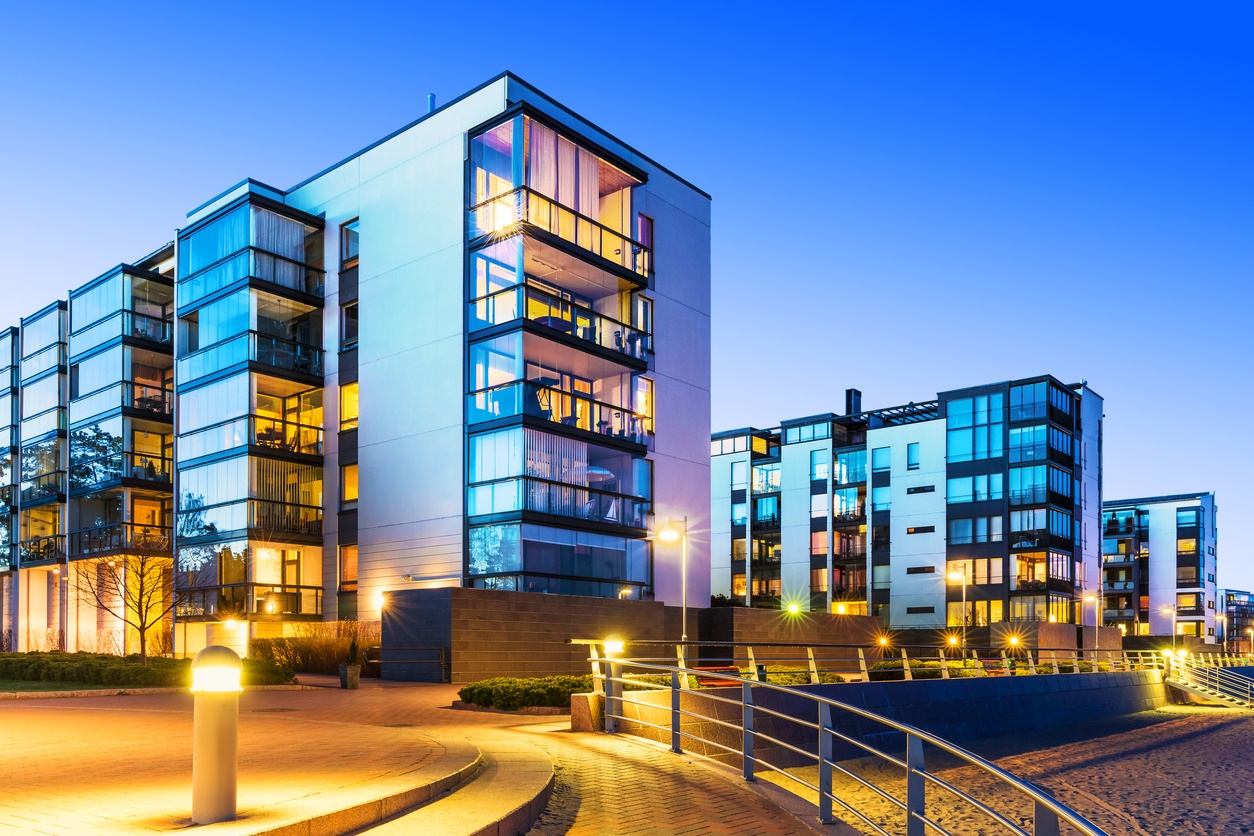Home » Uncategorised »
Is a Greener Future for Rented Accommodation on the Horizon?
This article is an external press release originally published on the Landlord News website, which has now been migrated to the Just Landlords blog.

Property professionals met up recently in London to discuss rented properties in the UK, with one of the key takeaways being that build to rent is driving investment in cleaner energy.
More than 100 people attended the seminar, which was hosted by engineering partnership IN2 in Islington.
It was noted that planning and environmental requirements in Dublin have seen a rapid rise in the use of centralised air source heat pumps. They are being used instead of CHP.
James Redmond, a Director at IN2, spoke alongside Andrew Bradley, of construction cost consultancy Core Five, and architects Graham Hickson-Smith and Richard Fairhead from practice 3DReid.
James said: “These are achieving great energy figures and allowing investors to meet their renewable obligations under Irish legislation.”
He also highlighted that the scale of energy savings and growing consumer demand for energy-efficient living could also stimulate growth in the use of such technology in London.
With residential landlords now legally required to ensure that their
Richard and Graham also pointed out how vital it is that project teams work together to make build to rent assets as efficient as possible.
Richard explained: “The fundamental difference with
Graham stated that allowing for a changing future means developers will have to ask themselves whether or not a modular building approach is right for this kind of project. The answer may be no if an uncompromising modular approach were to limit their ability to adapt the development to suit changing lifestyles of occupants over the lifetime of the building.
Andrew looked at the costs associated with build to rent projects and what would be needed to ensure a return on investment: “These kinds of developments have to be some of the most cost-efficient buildings out there.” He urges investors to take advantage of the fact that there is now a vast amount of data on
Before embarking on a build to rent project, Andrew advises developers to ask themselves how many buildings would be optimal, what kind of buildings they should be and whether towers have a useful role to play.
“Repetition in design is fundamental,” he said. “Stacking is important, and regular shapes and apartment sizes are key. Developers need to recognise that some design possibilities, such as basements and inset balconies, are cost prohibitive in build to rent.”




